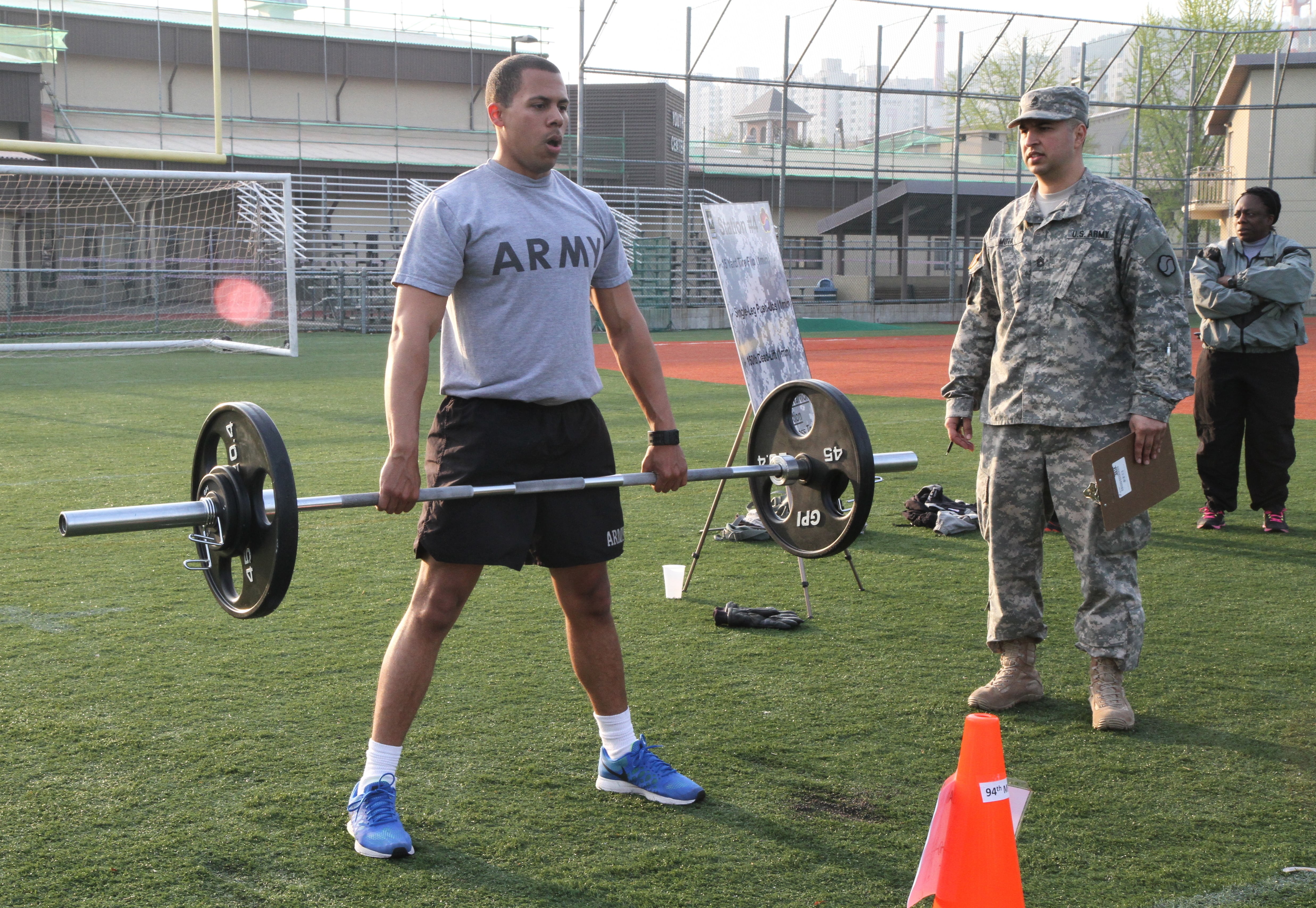Soldiers who want to move into a more physically demanding military occupational specialty - such as infantry or armor - soon will be required to take a new test before they can even qualify for training.
The Occupational Physical Assessment Test, or OPAT, is currently being tested with new recruits. The gender-neutral test is designed to help determine which MOSs a person can sign up for based on how well they perform. For example, prospective soldiers who want to go into a combat arms job such as infantry will need higher scores than recruits vying for a different MOS.
The OPAT is scheduled to be rolled out Army-wide Oct. 1 – four months later than its original June 1 launch date – and will be required of any soldier, male or female, already in the ranks who wants to reclass into an MOS with higher physical demands than their current MOS, Army officials said.
This new requirement comes as the Army works to integrate women into its previously closed combat specialties. Defense Secretary Ash Carter on Dec. 3 lifted all gender-based restrictions on military service, paving the way for women to serve in the previously all-male infantry, armor and Special Forces fields and opening nearly 220,000 jobs across the military.
A team of OPAT experts, as part of the Army's broader effort to educate the force on opportunities now available to female soldiers in previously closed jobs, will travel to the service's major installations beginning later in September.
"Like we do with every other event, we're going to go around to major installations and educate soldiers on the opportunities," said Sergeant Major of the Army Dan Dailey.
In addition to talking to soldiers about available opportunities, interested soldiers also will have the chance to try out the OPAT, Dailey said.
The OPAT consists of four events: a medicine-ball throw, standing long jump, deadlift and interval run. [Keep reading for a full breakdown on the exercises and scoring.]
Unlike other Army fitness tests, the OPAT only has one scoring scale, with no separate charts for age or gender.
OPAT scores are divided into four physical demand categories: heavy (black), significant (gray), moderate (gold) and unprepared (white), said Stephanie Slater, a spokeswoman for the Center for Initial Military Training.
Soldiers or recruits who meet the standards for the highest physical demand criteria - or the black category - qualify for all MOSs. As a minimum, all must meet the requirements of the gold category.
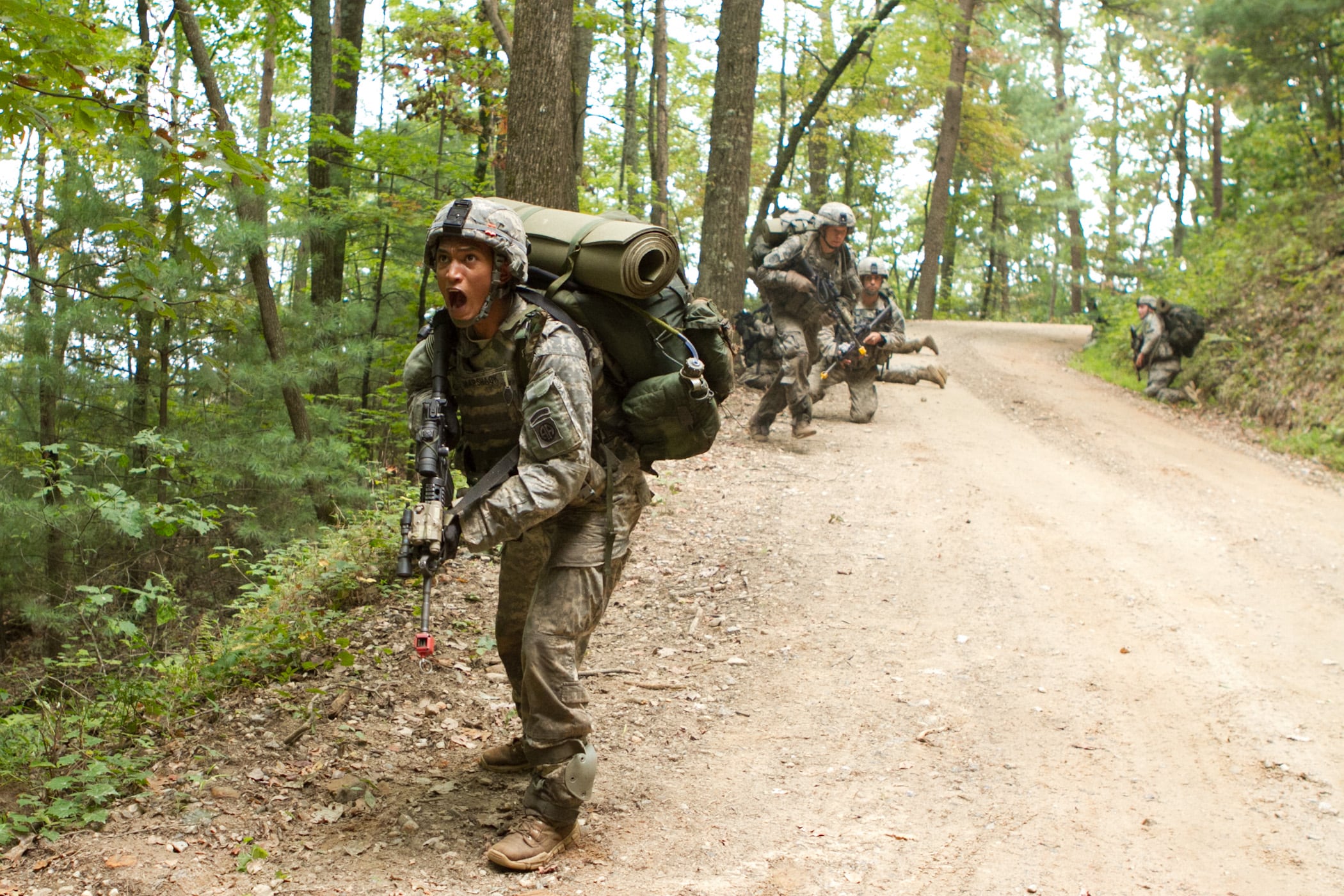
A paratrooper with the 82nd Airborne Division's 1st Brigade Combat Team reacts to contact with the enemy during mountain training near north Georgia's Camp Frank D. Merrill. Soldiers wanting to switch MOSs to jobs such as infantry will soon have to take a new physical assessment called Occupational Physical Assessment Test, or OPAT.
Photo Credit: Sgt. Michael J. MacLeod/Army
"Infantry, armor and combat engineer are examples of jobs that would be considered as high physical demand, or black, on the OPAT," said Lt. Col. Jerry Pionk, an Army spokesman.
There are about a dozen jobs in this category, almost all of them combat arms jobs, he said.
Jobs that fall in the significant or gray category could include tank mechanics and helicopter repairers, who often have to lift heavy equipment.
The vast majority of MOSs will fall in the moderate or gold category, Pionk said. Examples include many of the Army’s medical MOSs and logistics-based jobs.
The OPAT will be required only for soldiers reclassifying into physically tougher jobs — at least for now. The Army is still looking at whether to adopt a "combat readiness test" for troops.
The test, if senior Army leaders decide to pursue one, will be one way to assess soldiers’ abilities to meet the demands of their jobs after leaving the training environment, officials said.
This effort is separate from the OPAT, but the research that went into developing and choosing that test’s exercises could inform any future combat readiness test.
The OPAT, or some elements of it, could fill the role of the combat readiness test.
Much of the research into a combat readiness test is being conducted by the Center for Initial Military Training, which is the Army’s proponent for fitness, and experts are looking at whether the Army needs such a test, what one should look like and how often it should be administered.
What is the OPAT?
Here's a look at the four exercises and the minimum scores required for each job tier. The Army is still finalizing which military occupational specialties fall under each tier.
1
Standing long jump
Why:
Measures lower-body power — muscles used in repetitive lifting and carrying tasks such as offloading supplies or ammunition.
How:
"At least two submaximal practice jumps," according to the Army’s instructional video, followed by "three successful jumps," with the results of each recorded to the nearest centimeter.
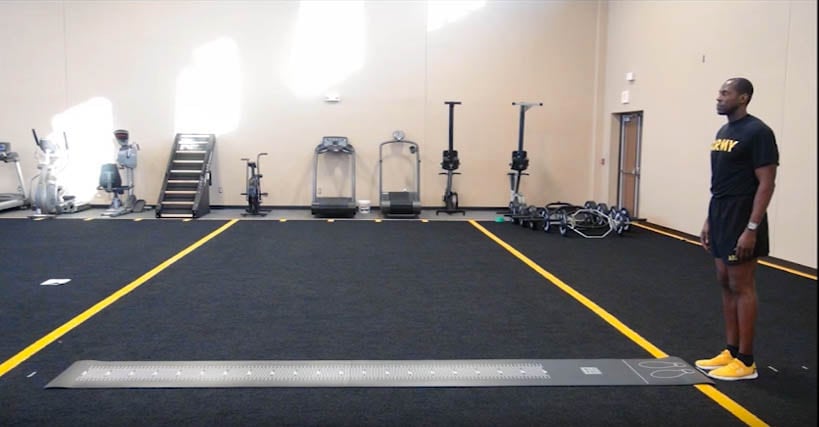
Photo Credit: Army
Do:
Make up to four arm "counter-movements" — swing your arms back and forth as part of the jump motion.
Don't:
Hop before the jump or take off with one foot. And don’t forget to stick the landing — you may be asked to repeat the jump if you stumble forward or to the side, and you will be asked to re-do it if you fall or stumble backward.
2
Seated power throw
Why:
Measures upper-body power — muscles used in repetitive, but generally stationary tasks such as loading ammunition.
How:
Sit on the floor with your lower back against a 9-inch-long, 6-inch-wide, 3-inch-deep yoga block and your upper back against the wall, legs out straight. On "go" from the test-giver, hold a 4.4-pound medicine ball to your chest, pause, then "push/throw ... upwards and outwards at a 45 degree angle," per the Army instructional video. Two practice throws followed by three that count, with all scores recorded to the nearest quarter-meter.
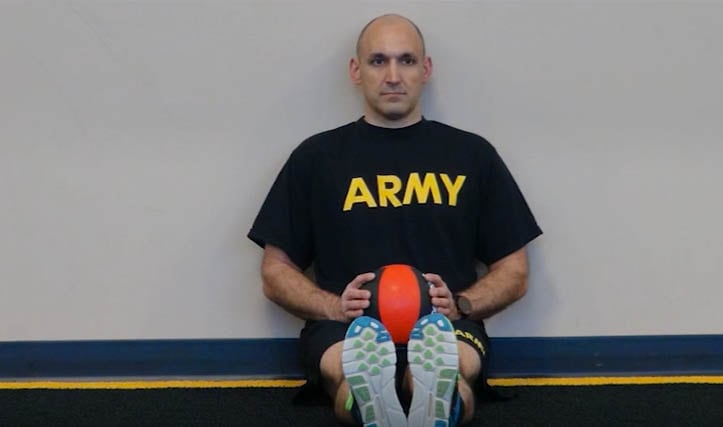
Photo Credit: Army
Do:
Keep your back on the pad/wall. Flex your wrists at the end of the throw for extra distance.
Don't:
Pretend you’re Stephen Curry — a basketball-style release will cost you distance and could force a re-do.
3
Strength deadlift
Why:
Measures lower-body strength — critical for casualty evacuation, for example.
How:
After a practice lift to check for proper form, lift 100 pounds, then 140, then 180 and finally 220. One lift per weight, no skipping lifts — all successful lifts will be recorded. One minute’s rest allowed between lifts. Fail a lift? You get a re-try after a one-minute break.
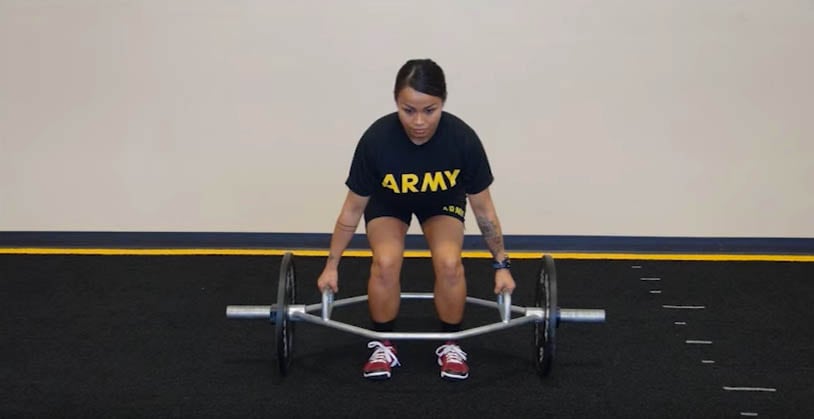
Photo Credit: Army
Do:
Maintain proper deadlift form, with knees under shoulders and aligned with toes. Keep your head up and your heels on the ground. Test-givers will watch for poor form and disallow lifts.
Don't:
Be a hero. Test-givers also will watch for lifters who may injure themselves. Part of the event instruction, according to the Army video: "If you feel any pain or discomfort, put the bar down."
4
Interval aerobic run
Why
: Measures aerobic fitness — necessary to move under fire or for other short-burst activities common to combat situations.
How:
Jog down a 20-meter course, then jog back after hearing a beep. After a minute or so of warm-up, the beeps begin getting closer together. Runners must reach the line before the beep — get beat by the beep three times in a row, you’re done. Test-givers will record the last successful interval.
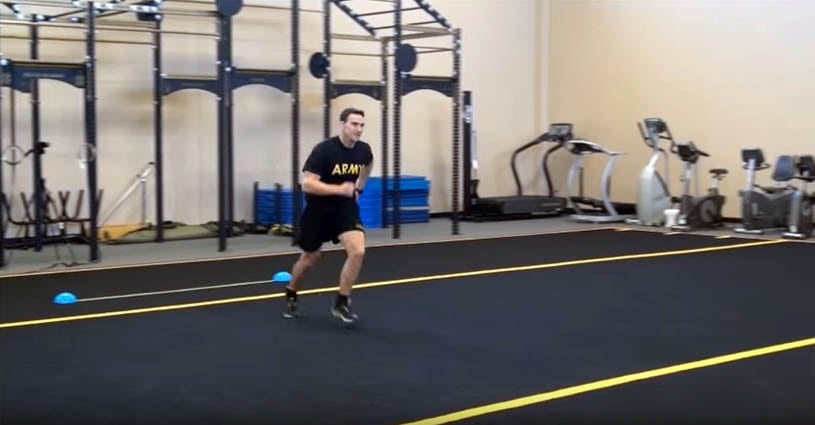
Photo Credit: Army
Do:
Keep plugging, even after you start falling behind. The three-strikes-and-you’re-out counter resets if you beat the beep, so one or two well-timed, full-out sprints could extend your time on the course.
Don't:
Show off by sprinting through the early intervals. Use the time to limber up, and save your energy for when time gets tight.
OPAT SCORING
The minimum passing scores for each category are as follows:
Heavy (black) category
- Standing long jump: 160 centimeters
- Seated power throw: 450 centimeters
- Strength deadlift: 160 pounds
- Interval run: 43 shuttles
Significant (gray) category
- Standing long jump: 140 centimeters
- Seated power throw: 400 centimeters
- Strength deadlift: 140 pounds
- Interval run: 40 shuttles
Moderate (gold) category
- Standing long jump: 120 centimeters
- Seated power throw: 350 centimeters
- Strength deadlift: 120 pounds
- Interval run: 36 shuttles
Michelle Tan is the editor of Army Times and Air Force Times. She has covered the military for Military Times since 2005, and has embedded with U.S. troops in Iraq, Afghanistan, Kuwait, Haiti, Gabon and the Horn of Africa.
